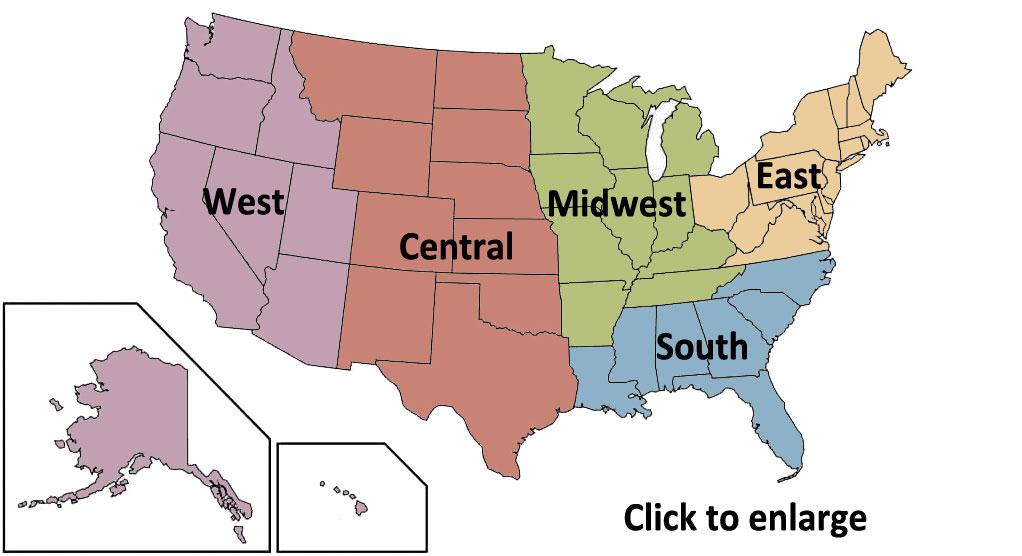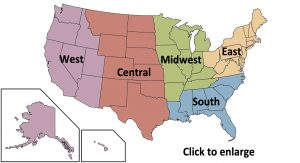
How much riding experience should a novice rider have before taking their motorcycle out on the highway?
Interstate, or ”controlled access.” highways present a few challenges to the novice rider. as well as some advantages. The main advantage is that. aside from the entrance and exit ramps, there are no intersections. As a result. there are no oncoming vehicles that may turn left across your path: there are no vehicles on cross streets running stop lights or stop signs; there are no vehicles backing out of driveways or rushing out of parking lots at the last moment. And if there are HOV lanes – which, per federal law, riders can use nationwide even when riding solo-you may find them to be the most lightly traveled lanes on the highway.
However, typical highway speeds and a large number of traffic lanes may be intimidating. Lane changes can be perilous, whether you are the one making them or you are dealing with other vehicles switching lanes Motorists might not use turn signals or look over their shoulders in advance of a change, or might not provide a large space cushion in front of you when they pull in.
Your keen situational awareness and sharp reflexes will be tested. I always tell new riders practice, practice, practice. Yes that means first staying in a parking lot practicing all your maneuvers. This also means higher speeds and braking and practice swerving. This is very important to learn how to control your bike in a parking lot from slow speeds to high speeds. By doing this you will see that everything happens faster on the highways. And now you will have developed skills in learning how to maneuver your bike while scanning and evaluating traffic situations.
On-ramps and off-ramps can present their own challenges. When entering the highway, it is best to accelerate and match the speed of traffic when possible in order to merge properly. Precise shifting skills are very helpful here. Off-ramps will vary in length and radius. Good visual assessment of the ramp plus good judgement in braking and cornering are essential. Riding twisty roads can help develop these skills. With well-honed riding skills and an arsenal of risk-management strategies, you can safely venture onto the interstate highway.
But your first time should not be during rush hour, when you would have to deal with tired, impatient drivers doing their stop-and-go,frequent-lane-change maneuvers. If you are not comfortable maintaining highway speeds, you may present a hazard to other motorists. Consider sticking to surface streets until you have logged in sufficient miles and gained an adequate level of confidence.
As always keep the contact patch between the lines.
Michael Theodore
National Road Captain









